Date: 22 January 2013
In celebration, we’ve put together a list of five incredible facts about glass that even surprised our in-house recycling experts.
According to O-I Global, the leading glass manufacturer in North America, about 1.6 million tons of glass are downcycled, translating to almost 40 percent of the 4.2 million tons collected annually for recycling. (Stock Photo).
1. There are currently 11 states in the U.S. that have bottle bills, and all of them cover at least one glass container.
Container deposit laws, commonly known as bottle bills, have consumers pay a fee for each container purchased that is then refunded when a container is brought back for recycling.
The good news for residents in these states is that bottle bills create a market for recycling, as there will be lots of supply.
The bad news is that in all of these states, only glass beverage containers are eligible for the deposit and refund. Several also have a volume restriction, so wine bottles aren’t included.
2. You can calculate the amount of carbon you save by recycling glass in your area.
Due to its heavy weight, manufacturing glass products from virgin material carries an astronomical footprint. However, for every 10 percent recycled glass used in the manufacturing process, there is a 2-3 percent drop in energy costs.
GPI’s carbon calculator will give you an idea of just how much energy you’re saving when recycling a glass container. The number is based on an average-sized container, such as a baby food jar. So, heavier items like champagne bottles count double.
If you recycle just five containers per week, you can save enough energy to light a CFL for almost two days; operate a computer for one hour and 40 minutes; operation a television for one hour and six minutes.

Rockwoodglass group – Factory in China
3. Glass containers come in four different colors: clear, blue, brown and green. In some recycling programs, glass must be separated by color.
If your curbside recycling hauler has instituted single-stream recycling, all glass bottles can be combined in one bin, and the material will be separated at a transfer station or material recovery facility (MRF). But in a city like Kansas City, it’s required that you separate glass by color.
In the recycling process, color is a big deal because bottles are often used to make new glass containers.
4. Glass recycling is part of a massive industry that represents a significant swiftly growing economical force, producing more jobs and spurring on development.
“When you recycle your glass bottles and jars, you save resources for future generations and help create jobs in the U.S.,” writes Joseph Cattaneo, president of GPI. “America needs sustainable industries like glass container manufacturing for future jobs and a healthy manufacturing base.”
According to the EPA’s U.S. Recycling Economic Information Study, the recycling and reuse industry employs more than 1.1 million people, generates an annual payroll of nearly $37 billion and grosses more than $236 billion in annual revenues.
5. The glass container industry has promised to use at least 50 percent recycled glass in the manufacture of new glass bottles and jars by the end of 2013.
According to the U.S. EPA, Americans generated 12.2 million tons of glass in the municipal solid waste (MSW) stream in 2008. About 23 percent of the glass was recovered for recycling.
In several states, glass manufacturing plants are already using 70 percent recycled glass, or cullet, to make new glass containers, showing that reaching the goal nationwide is possible and imminent.

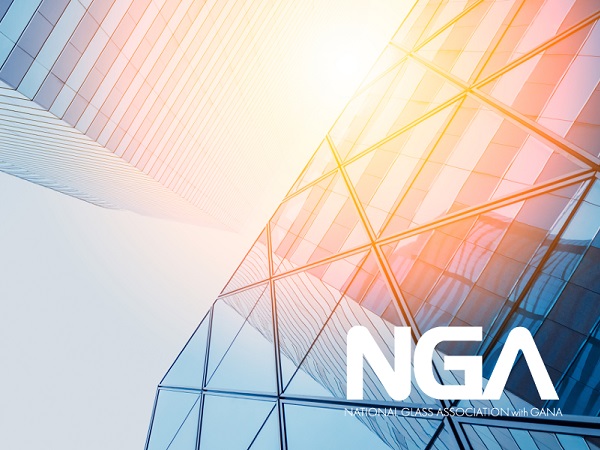

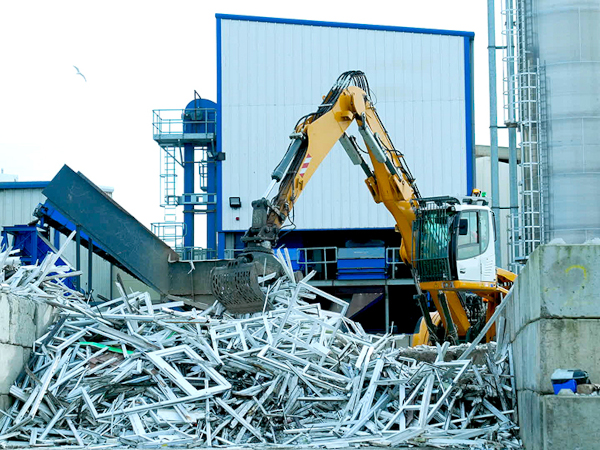
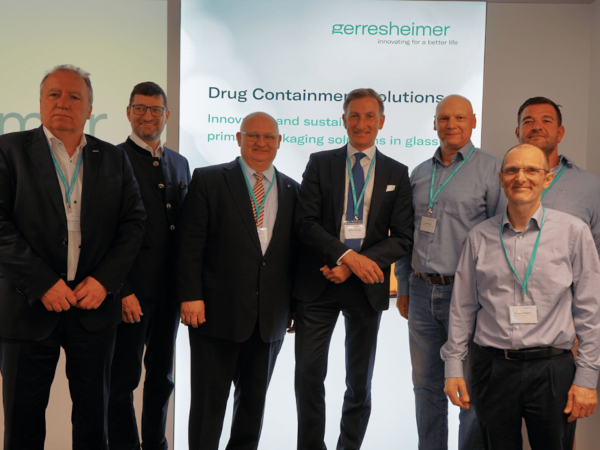
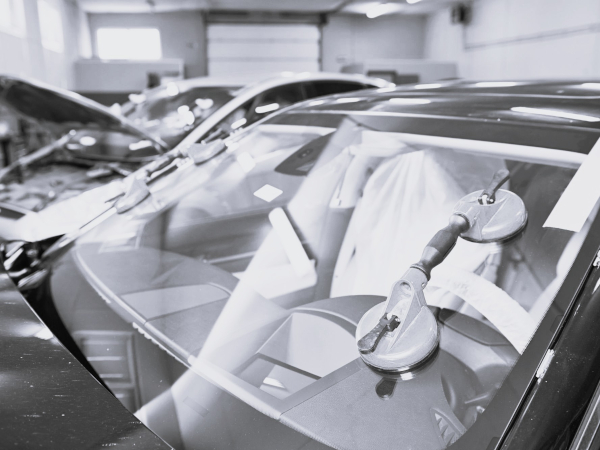
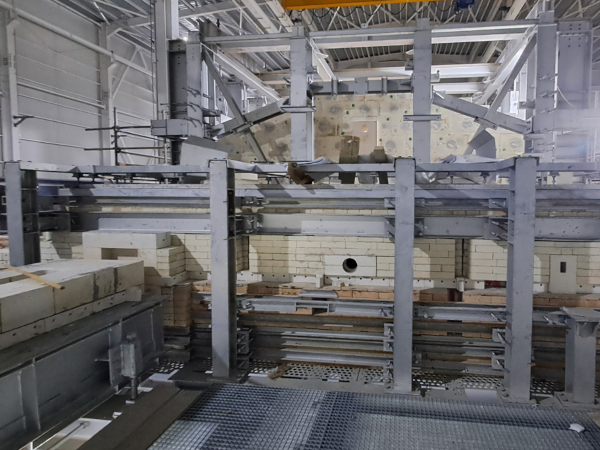
Add new comment